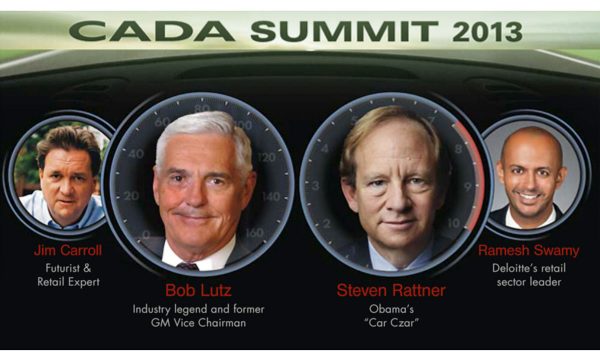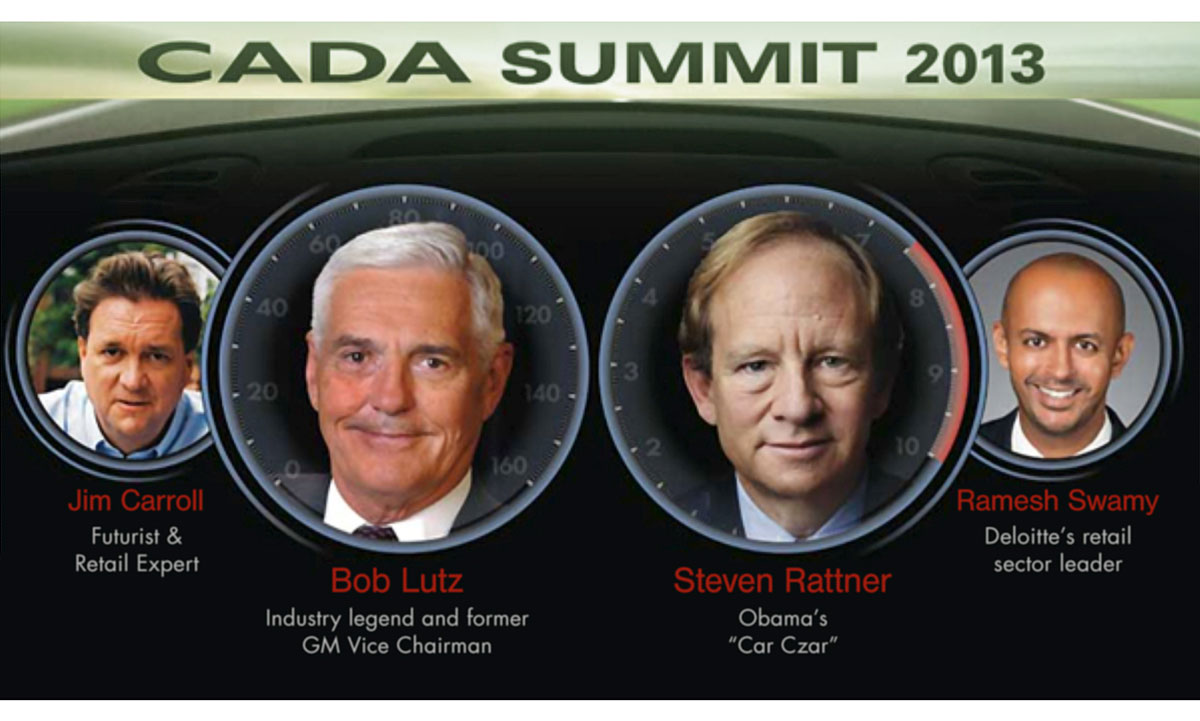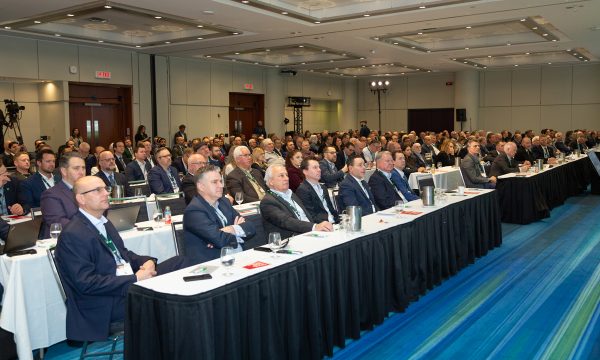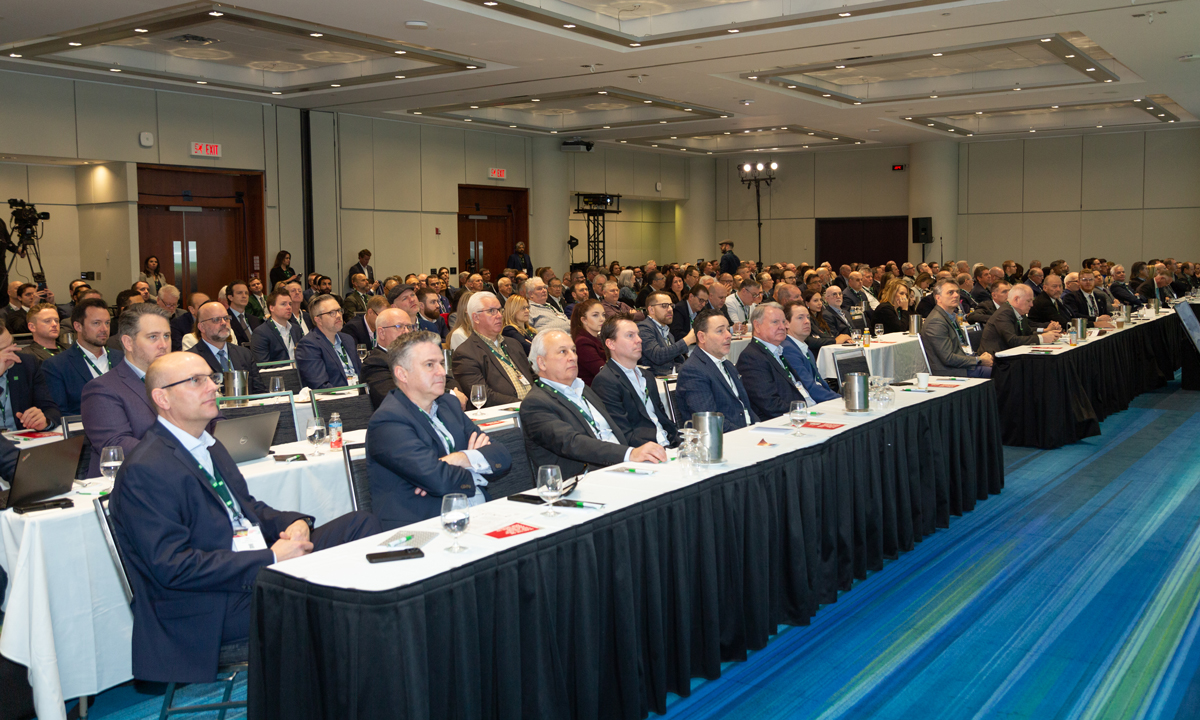
Steve Greenfield, Founder and CEO of Automotive Ventures and I sat down to plan Steve’s appearance at CADEX in Halifax in April, and we got to talking. Some of that chat is reproduced here as a teaser to what we’ll discuss on stage.
Niel Hiscox: What are some of the key things you’re thinking about looking ahead through 2023?
Steve Greenfield: If I put on my dealer hat, I’m hearing this more from owners recently about getting back to basics. I think a lot of the dealer owners are concerned that given the last three years where dealers have largely been order takers and there hasn’t been any inventory, now they’re like, ‘have my employees lost the muscle memory to sell cars? How do I ensure that I’ve got to get ahead of that problem with training?’ I got a lot of dealers who are worried about compensation plans because people who’ve made a bunch of money the last couple years are going to be shocked that some of their comps are going to come down as margins get back to normal.
Inventory seems to be coming back and could come back very, very quickly. We’ve already seen a reset on used, right? In the last quarter of last year a lot of dealers were stuck with inventory they’d overpaid on as prices came back down to earth. For certain brands inventory is going to come back quickly. Incentives are coming back for certain brands too. And that wave could come very quickly this year. So we may exit this year looking forward to a very different dynamic than we entered the year.
Niel: And economically?
Steve: I’ve had a chance to live through a couple of these economic cycles in my time. It’s interesting to contrast where we are right now to 2008. The fed in both countries have been on top of it, and have been increasing rates to slow inflation, which seems to be starting to creep down now. So unlike the crazy inflation we saw back in 2008, I think there’s a good probability of a gradual soft landing. Valuations will reset, but I don’t think we’re going to see dramatic, crashing valuations.
Niel: Even if a soft landing brings demand down to 1.6, that’s probably still the max that in 2023 the industry’s going to be able to provide anyway. So in effect, we may still be able to sell a car to almost every customer. What are your thoughts?
Steve: On average, I believe you’re exactly right. But then you’re going to have certain brands where they’re going to over produce and, I’ll say this on stage in a couple weeks with you, but I think the interesting experiment is that we’re going to see another 150 EV models in the next two years. Remember back to the Pontiac Aztec. There will literally be EV models that get launched that won’t sell. The problem is then: how are you going to deal with it? In the past you’ve got two levers. You can throw incentives to try to get consumers to buy them, or you can vent it into fleets. But the fleets are only going to absorb so many EVs right now because there isn’t the demand or infrastructure to rent out EV fleets.
It will be the tyranny of the averages because what you said is a good characterization on average, but I think certain brands are going to have oversupply.
Niel: What about dealership valuations?
Steve: I think valuations are as high as they’re ever going to be. Record profitability isn’t going to persist. Acquirers like Lithia [& Driveway] are voracious and are keeping multiples high. When you multiply those two things together, this is as good as it’s ever going to get. So as long as dealers are clear-eyed about that, and have a plan to find cost efficiencies on the backend and make the whole business more defensible through scale and diversification.
Otherwise, when earnings come down and valuations come down, it works in opposite to what’s happened recently. The multiplication effect means that your store is going to be worth a lot less.
Join Steve and Niel in Halifax on April 5 at CADEX.

















